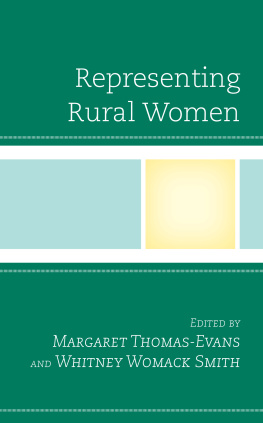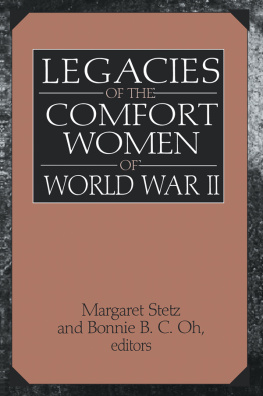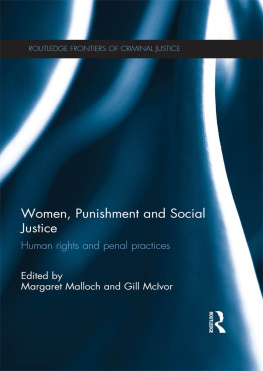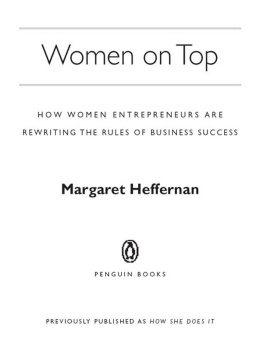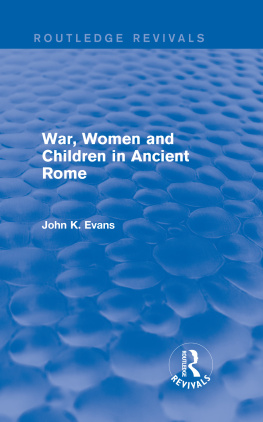Thomas-Evans Margaret - Representing Rural Women
Here you can read online Thomas-Evans Margaret - Representing Rural Women full text of the book (entire story) in english for free. Download pdf and epub, get meaning, cover and reviews about this ebook. year: 2012, publisher: Rowman & Littlefield Publishing, genre: Romance novel. Description of the work, (preface) as well as reviews are available. Best literature library LitArk.com created for fans of good reading and offers a wide selection of genres:
Romance novel
Science fiction
Adventure
Detective
Science
History
Home and family
Prose
Art
Politics
Computer
Non-fiction
Religion
Business
Children
Humor
Choose a favorite category and find really read worthwhile books. Enjoy immersion in the world of imagination, feel the emotions of the characters or learn something new for yourself, make an fascinating discovery.
- Book:Representing Rural Women
- Author:
- Publisher:Rowman & Littlefield Publishing
- Genre:
- Year:2012
- Rating:5 / 5
- Favourites:Add to favourites
- Your mark:
- 100
- 1
- 2
- 3
- 4
- 5
Representing Rural Women: summary, description and annotation
We offer to read an annotation, description, summary or preface (depends on what the author of the book "Representing Rural Women" wrote himself). If you haven't found the necessary information about the book — write in the comments, we will try to find it.
Representing Rural Women — read online for free the complete book (whole text) full work
Below is the text of the book, divided by pages. System saving the place of the last page read, allows you to conveniently read the book "Representing Rural Women" online for free, without having to search again every time where you left off. Put a bookmark, and you can go to the page where you finished reading at any time.
Font size:
Interval:
Bookmark:
Representing Rural Women
Representing Rural Women
Edited by
Margaret Thomas-Evans
and Whitney Womack Smith
LEXINGTON BOOKS
Lanham Boulder New York London
Published by Lexington Books
An imprint of The Rowman & Littlefield Publishing Group, Inc.
4501 Forbes Boulevard, Suite 200, Lanham, Maryland 20706
www.rowman.com
6 Tinworth Street, London SE11 5AL
Copyright 2019 by The Rowman & Littlefield Publishing Group, Inc.
All rights reserved. No part of this book may be reproduced in any form or by any electronic or mechanical means, including information storage and retrieval systems, without written permission from the publisher, except by a reviewer who may quote passages in a review.
British Library Cataloguing in Publication Information Available
Library of Congress Cataloging-in-Publication Data
ISBN 978-1-4985-9552-0 (cloth : alk. paper)
ISBN 978-1-4985-9553-7 (electronic)
 TM The paper used in this publication meets the minimum requirements of American National Standard for Information Sciences Permanence of Paper for Printed Library Materials, ANSI/NISO Z39.48-1992.
TM The paper used in this publication meets the minimum requirements of American National Standard for Information Sciences Permanence of Paper for Printed Library Materials, ANSI/NISO Z39.48-1992.
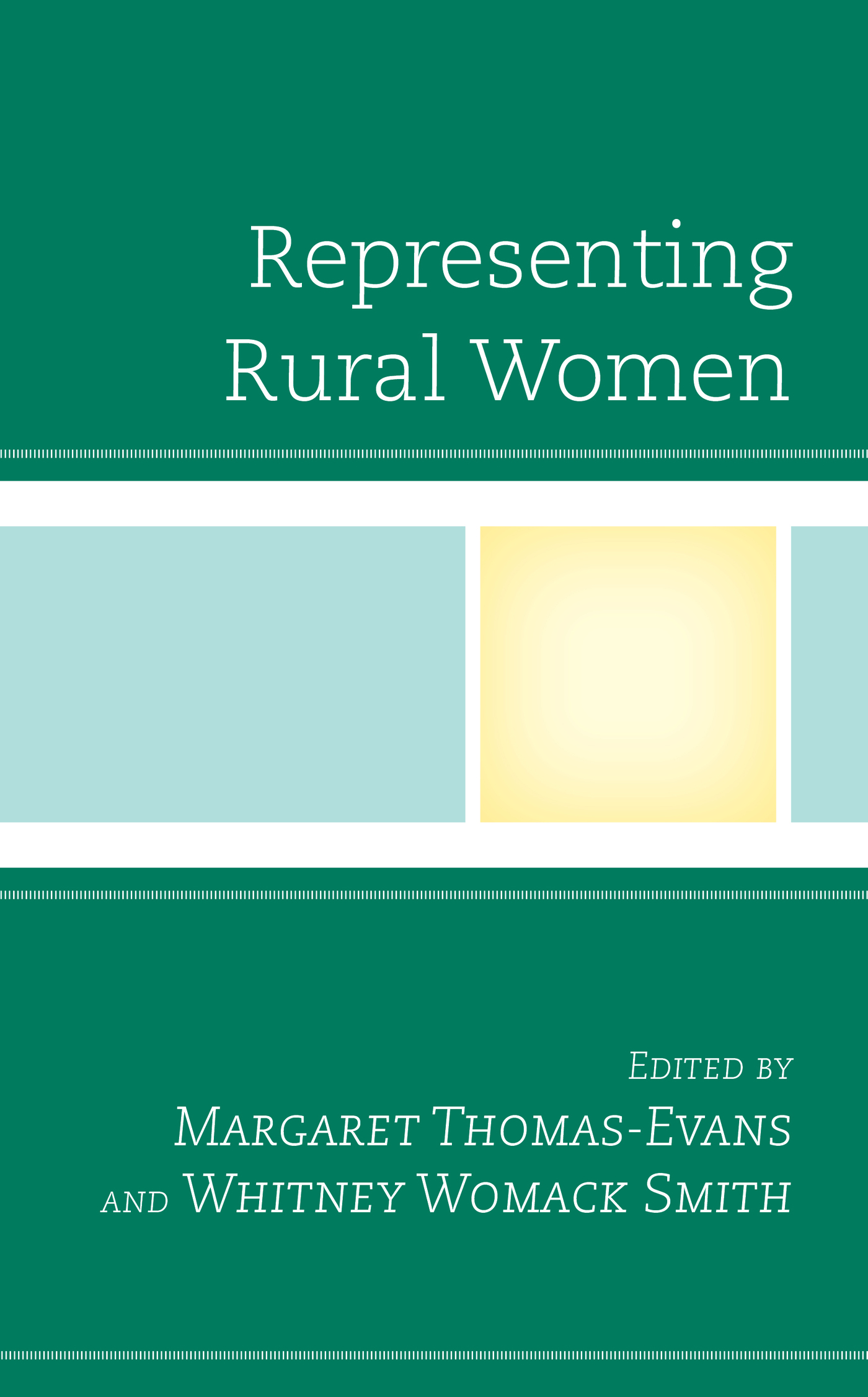
Margaret Thomas-Evans and
Whitney Womack Smith
Representing Rural Women
Rural America has come to the fore of the national conversation with the publication of texts like J. D. Vances best-selling memoir Hillbilly Elegy and the media coverage of the rural/urban divide in the 2016 elections. Vances text describes rural America as a culture in crisis through his personal story of poverty, drug addiction, and violence in a white working-class family in Appalachian Kentucky and Rust Belt Ohio. Vance continues a tradition of representing rural Appalachia as an other America, as a problem as much as a place. A major trope of the divisive 2016 elections was the notion of a polarized nation divided between affluent, thriving urban spaces and impoverished, declining rural ones that had been ignored and left behind. Through repeated images of displaced coal miners and factory workers, typically white and male, the media reinforced a monolithic view of rural geography and stereotypical portraits of the rural other. Women, people of color, LGBTQ people, and other diverse rural voices remained largely absent in news stories about rural voters.
Defining the concept of rural itself is a challenge. Demographically it is frequently considered an absence, a deficiency. As Kim Donehower, Charlotte Hogg, and Eileen E. Schell note in their introduction to Reclaiming the Rural: Essays on Literacy, Rhetoric, and Pedagogy, many Americans think of rural areas as geographically nowhere.
The rural, of course, is not simply spatial, but also describes cultural attitudes, practices, and identities. As Andrew Gorman-Murray, Barbara Pini, and Lia Bryant note, the concept of rurality is recognized as a set of both material spaces and symbolic imaginaries that converse with one another.
Rural studies have become increasingly mainstream in many disciplines, including sociology, anthropology, economics, geography, history, rhetoric and composition, and literacy studies. As their title suggests, Donehower, Hogg, and Schells critical study Reclaiming the Rural: Essays on Literacy, Rhetoric, and Pedagogy attempts to reclaim the rural against the tide of urban bias and policies that favor densely populated areas over lesser-populated ones and, through research and pedagogy, present more nuanced portraits of rural life. Other scholars have expanded the field by making visible once overlooked rural populations and considering critical intersections of the rural with gender, race, ethnicity, sexuality, and gender identity. Important studies that do this work include Lia Bryant and Barbara Pinis collection Gender and Rurality, Andrew Gorman-Murray, Barbara Pini, and Lia Bryants collection Sexuality, Rurality, and Geography, and Colin Johnsons Just Queer Folks: Gender and Sexuality in Rural America.
There has been relatively little scholarship, however, that considers representations of the rural, and of rural women in particular, in literature, film, popular culture, and digital media. For example, Mark Storey notes in Rural Fictions, Urban Realities: A Geography of Gilded Age American Literature that few literary scholars take the notion of the rural seriously as a legitimate category of literary study, adding that the idea of rural fiction is simply absent in most studies of American history.
In Representing Rural Women, we seek to highlight the complexity and diversity of representations of rural women in the U.S. and Canada from the nineteenth to twenty-first centuries. The 15 chapters in the collection offer fresh perspectives on representations of rural women in literature, popular culture, and print, digital, and social media. The chapters in the collection explore a wide range of time periods, geographic spaces, and rural womens experiences, including Mormon pioneer women, rural lesbians in the 1970s, Canadian rural womens organizations, and rural trans youth. In their stories, these women and girls navigate multiple settings and address the complex realities of rural life, create spaces for self-expression, develop networks to communicate their experiences, and seek to challenge misconceptions and stereotypes of rural womanhood. The authors in the collection consider the ways that rural geography may allow freedoms as well as impose constraints on womens lives, and ultimately how cultural representations of rural womanhood reflect and shape womens experiences. Ultimately the essays reveal that there is no one rural womans story, but a multiplicity of stories.
The connecting thread of the collection is representation, as all of the authors consider how rural women have been represented and/or have represented themselves in multiple mediums and to a range of audiences. We have divided the collection into two sections: rural women as represented in literature and film and rural women directly representing themselves and their lived experiences. The chapters in Part I raise critical questions about representations of womens roles in rural communities, including how they attempt to maintain community and how they attempt to break free from its restraints, how they experience belonging and exclusion. The first two chapters, for instance, examine representations of migrations, the first from urban to rural and the second from rural to urban, considering the opportunities and obstacles in each type of community. Other chapters examine diverse rural life in settings that span the United States: Appalachia, the Midwest, the Ozark Mountains, the South, and the West. The chapters in Part II focus on how rural women have sought avenues for self-representation and ways to convey their stories. Through logbooks, magazines, websites, social media, blogs, and television, they have carved out spaces to record their voices, develop networks of rural women, and articulate their determination and demonstrate their resourcefulness to survive. In some cases, we witness individuals and groups of women finding ways to thrive in the rural world, while in others we see women struggle to find a way to exist in what can be homogeneous, isolated spaces. These essays also challenge readers to consider preconceived notions of rural women and rurality.
Font size:
Interval:
Bookmark:
Similar books «Representing Rural Women»
Look at similar books to Representing Rural Women. We have selected literature similar in name and meaning in the hope of providing readers with more options to find new, interesting, not yet read works.
Discussion, reviews of the book Representing Rural Women and just readers' own opinions. Leave your comments, write what you think about the work, its meaning or the main characters. Specify what exactly you liked and what you didn't like, and why you think so.

